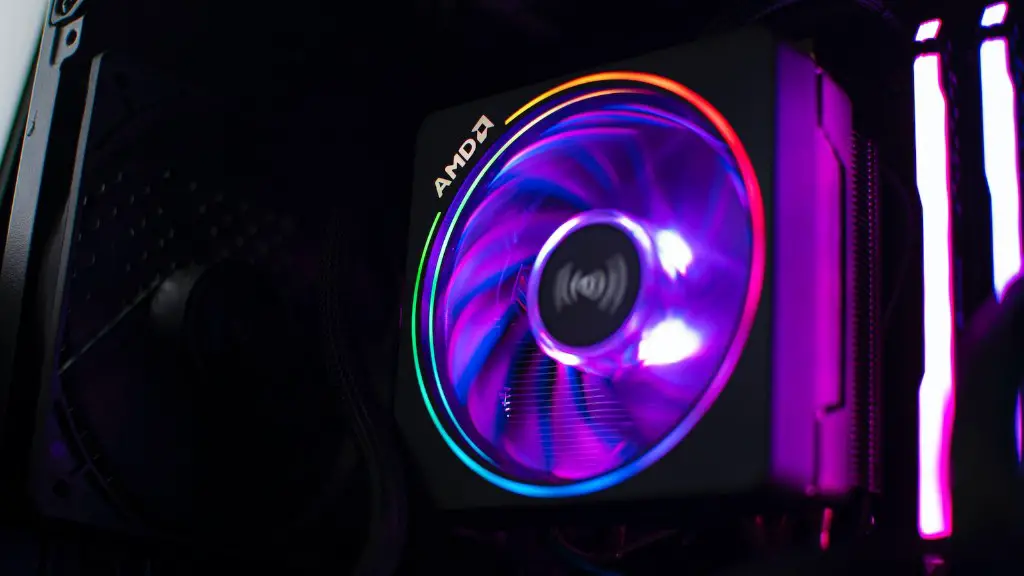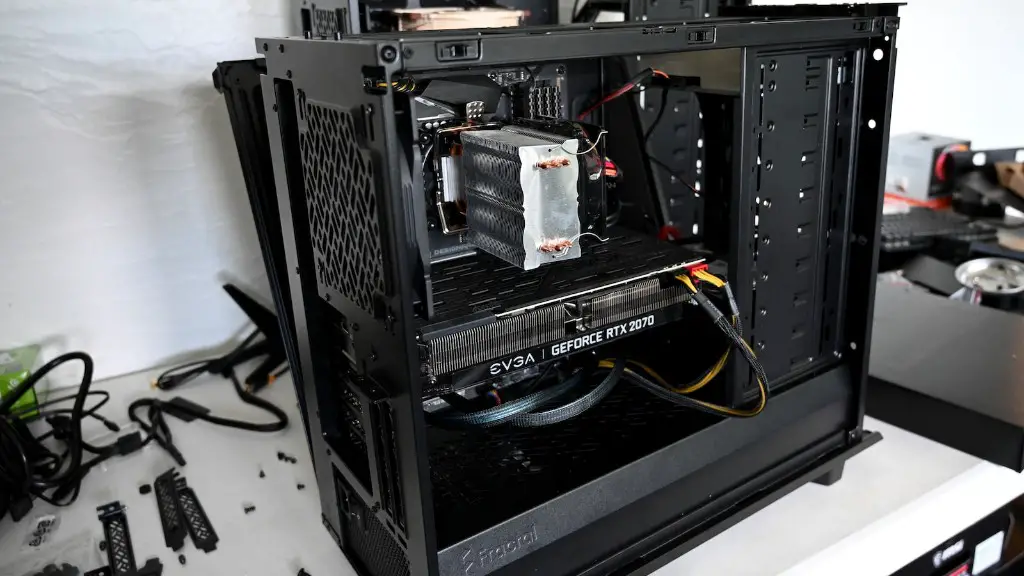A good gaming monitor is an essential part of any serious gaming setup. You’ll want a monitor that’s responsive, vibrant and reliable, but how much does one of these monitors cost? In most cases, you’ll be looking at spending in the range of $150 and $2,000 but it really depends on the features and specs you need.
The cost of a good gaming monitor is determined by several factors, such as the display size, the refresh rate, the resolution, and the panel type. Display size will determine how much screen area you have to work with, while refresh rate and resolution will determine how fast and sharp the image looks. Panel type will affect the viewing angle, the response time, and other elements like contrast ratio.
The most cost-effective gaming monitor for most people is likely to be a 1080p monitor with a refresh rate of 75 Hz or more. This will give you enough speed and sharpness for gaming, and it won’t break the bank. You can probably get a good monitor for around $150 or less, if you shop around. If you need higher resolutions and faster refresh rates, that’s when the prices really start to go up.
If you’re willing to spend a bit more, you can get a gaming monitor with high-end specs. Displays with 1440p resolution, 144 Hz refresh rate and FreeSync or G-Sync adaptive refresh rate matching will cost around $300-400. If you need the very best, a 4K monitor with a high refresh rate and all the bells and whistles will cost around $1,000 or more.
Finally, don’t forget about the peripherals. A good gaming monitor is only as good as its supporting devices. You’ll need a good gaming mouse, a decent keyboard and maybe a gaming headset too. These items can all add up, so it’s important to factor them into your budget when you’re shopping for a gaming monitor.
How to Choose a Monitor
When shopping for a gaming monitor, you’ll want to consider several important factors. The size, resolution and refresh rate of the display are all factors you’ll want to consider, as these determine how crisp and responsive the image will be. You should also consider the panel type, as this affects the viewing angle and the response time.
When it comes to resolution, 1080p is usually the baseline for gaming monitors – anything lower and you’ll suffer from blurry images. 1440p is a good option if you want more screen real estate, while 4K is the top-of-the-line resolution if you want the best visuals. Refresh rate is another important factor, as this determines how smoothly the image will refresh – the higher the refresh rate, the more responsive the image will be.
Aside from these technical specs, you should also consider features like adaptive refresh rate matching, HDR support and built-in speakers. These features can add to the overall experience, but they also tend to add to the cost. If you’re on a budget, you may want to skip the bells and whistles and go for a basic model with good specs.
Finally, make sure to read online reviews before you buy. This will help you get an idea of how well the monitor performs in real-world use, as well as how reliable it is. This will help you make a more informed decision about which monitor to buy.
Monitor Accessories
When shopping for a gaming monitor, don’t forget about the extra accessories you may need. One of the most important accessories is a good monitor stand. This will help to raise the monitor to a comfortable height, as well as letting you tilt it and swivel it for a more comfortable viewing angle.
The type of stand you choose will depend on the size of your monitor – if you have a heavier monitor, you may need a heavier-duty stand. You may also need a mount if you want to attach your monitor to a wall or desk. This will give you more flexibility when it comes to positioning the monitor.
Once you’ve picked out a stand or mount, don’t forget about the cables. You’ll need the right cables for your monitor, as well as for connecting to your GPU and other gaming peripherals. Make sure to purchase cables of good quality, as cheap cables can reduce image quality and cause additional headaches down the line.
In some cases, you may also want to invest in a monitor hood or filter to reduce glare and improve contrast. Monitor hoods are particularly useful if you’ll be playing in a well-lit room.
Choosing a GPU
When shopping for a gaming monitor, you should also be mindful of the GPU you’ll be using. Different GPUs are capable of different resolutions and refresh rates, so make sure your GPU is up to the task. Generally speaking, you’ll want a high-end GPU if you want the best visuals and performance.
Also make sure to look at the ports on your GPU. You’ll need to make sure you have the right ports to connect your monitor. Common ports include HDMI, DisplayPort and DVI, but some GPUs may have additional ports. Check the specs to make sure your GPU has the right ports.
Finally, consider features like FreeSync and G-Sync. These features help to keep the refresh rate in sync with the GPU, which can reduce input lag and improve image quality. However, these features are only available on certain GPUs and gaming monitors, so make sure your GPU and monitor support them.
Extra Considerations
When shopping for a gaming monitor, there are a few extra considerations to keep in mind. If you’ll be using the monitor for work or study in addition to gaming, you should look for a model with an ergonomic stand or mount. This will help to reduce eye strain and neck strain.
You’ll also want to check the response time and input lag. Response time affects how quickly the image refreshes and input lag affects how quickly your commands are registered on-screen. You should look for a monitor with a response time of 4 ms or less and an input lag of 16 ms or less.
Finally, consider the physical size and shape of the monitor. Some monitors are wide and short, while others are tall and narrow. The size and shape of the monitor should depend on your space constraints and the type of games you play.
Conclusion
Good gaming monitors come in a wide range of prices, and the cost will depend on the features and specs you need. Generally speaking, an entry-level 1080p monitor with a 75 Hz refresh rate should cost around $150 or less, while a higher-end 4K monitor with a 144 Hz refresh rate can cost upwards of $1,000. Don’t forget to factor in the cost of peripherals, a monitor stand and cables too.



